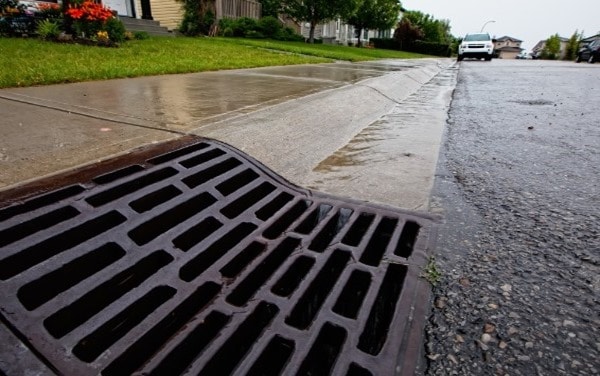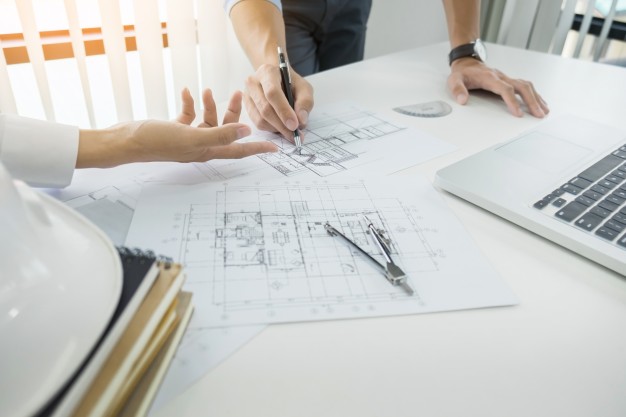To prevail in the present super cutthroat speedy serve eatery scene, it's fundamentally significant that brands give an enticing climate

Introduction
Drainage is one of the most overlooked aspects of landscape design by contractors and homeowners. Instead, most people opt for lush green grass or a beautifully designed lawn. Unfortunately, such landscape designs cannot withstand the forces of nature if there’s no proper drainage system.
Another negative impact of poor drainage is that it may damage property or affect the public property. Also, it can cause flooding, harm the environment, and increase the chances of soil erosion.
In other words, poor drainage can have a lot of negative impacts. Therefore, it’s important to have a proper drainage system to help prevent these problems.
In this article, we’ll look at the necessary steps you need to observe when installing a drainage system.
Improper or lack of a drainage plan can cause surface runoff to flood on your lawn. This is a clear indication that your yard has nowhere to direct the excess water. Before you start planning for a drainage system, it’s good to consider where this excess water is coming from.
For instance, the water may be coming from precipitation, especially if you reside in an area that rains frequently. Alternatively, it may be caused by a damaged water pipe beneath the surface.
Either way, this indicates that you need to improve or install a new drainage system. Besides, this will help you create an efficient plan for the new drainage system.
Soil can be grouped into 4 categories, depending on your location. As an example, the soil can be predominantly clay, silt, loam, or sand.
To start, clay contains plate-like particles that bond together over time, forming a tough surface. For this reason, clay is a bit difficult to dig through with a modern shovel. Instead, you’ll need a more heavy-duty tool if you intend to break through clay. Understanding this will come in handy when installing a drainage system.
To learn more about the soil type in your lot, look for soil reports. They’ll help you determine the best technique for breaking through different soil types. Thus helping you install a new drainage system on any soil in no time.
After determining the type of soil you’re working with, move on to check how your lot is laid out. Here, you need to focus on finding the low and high points of your lot. In essence, the drains should be installed at the lowest points of the yard.
And if your yard doesn’t have a low point, you’ve to create one. Doing so will help the excess water move from where it floods up to the slope. Thus helping it run freely into the new drainage system.

Interestingly, there are many types of drain layouts that you can choose from. They include; French drains, drainage pipes, an open ditch, and a gravel trench.
For starters, an open ditch is about 90 cm deep. More notably, it must slope towards the lower end of the yard. On the other hand, a French ditch is a good alternative if you don’t open ditches. This type of drain layout is created by filling the ditch with some coarse gravel. Then using upturned turf or permeable membrane to top it up. This prevents the soil from entering into the ditch.
Lastly, a piped drainage plan involves laying perforated pipes on ditches that are strengthened by coarse gravel. Afterward, the pipe is covered with about 10cm of fine gravel.
The best type of drainage systems will depend on your personal preference. However, it’s good to choose a drain layout that will suit your yard perfectly. Also, if your lawn is large, you can consider integrating various styles into it and check if they’ll provide the results you’re looking for.

Finally, if you’ve never installed an underground system, it’s wise to seek out advice from an experienced landscape designer. An expert will gather all the details we’ve stated above. This will help them create a drainage system design that will serve your property efficiently for years.
Besides, hiring an expert protects from making a significant and costly mistake. Not to forget that it ensures the job is done perfectly without compromising the quality of your drainage system. If you’re seeking professional advice on the drainage system in California, contact Innodez Design & Engineering.
Final Word
Hopefully, after reading this article, you now know the right direction to take when installing a drainage system. If not, feel free to hire a professional civil engineering firm like InnoDez. Our experts will walk you through the entire process step by step. More importantly, they’ll help you create a cost-efficient drainage plan for your yard.
It stood out to me when you mentioned that a gravel trench is one of the many drainage options that you can pick from. I would imagine that you would need to have a trench that is deep enough if you live in an area that gets a lot of rainwater. You would probably want to work with an excavation company so that you can make sure that you dig a trench that is deep enough.